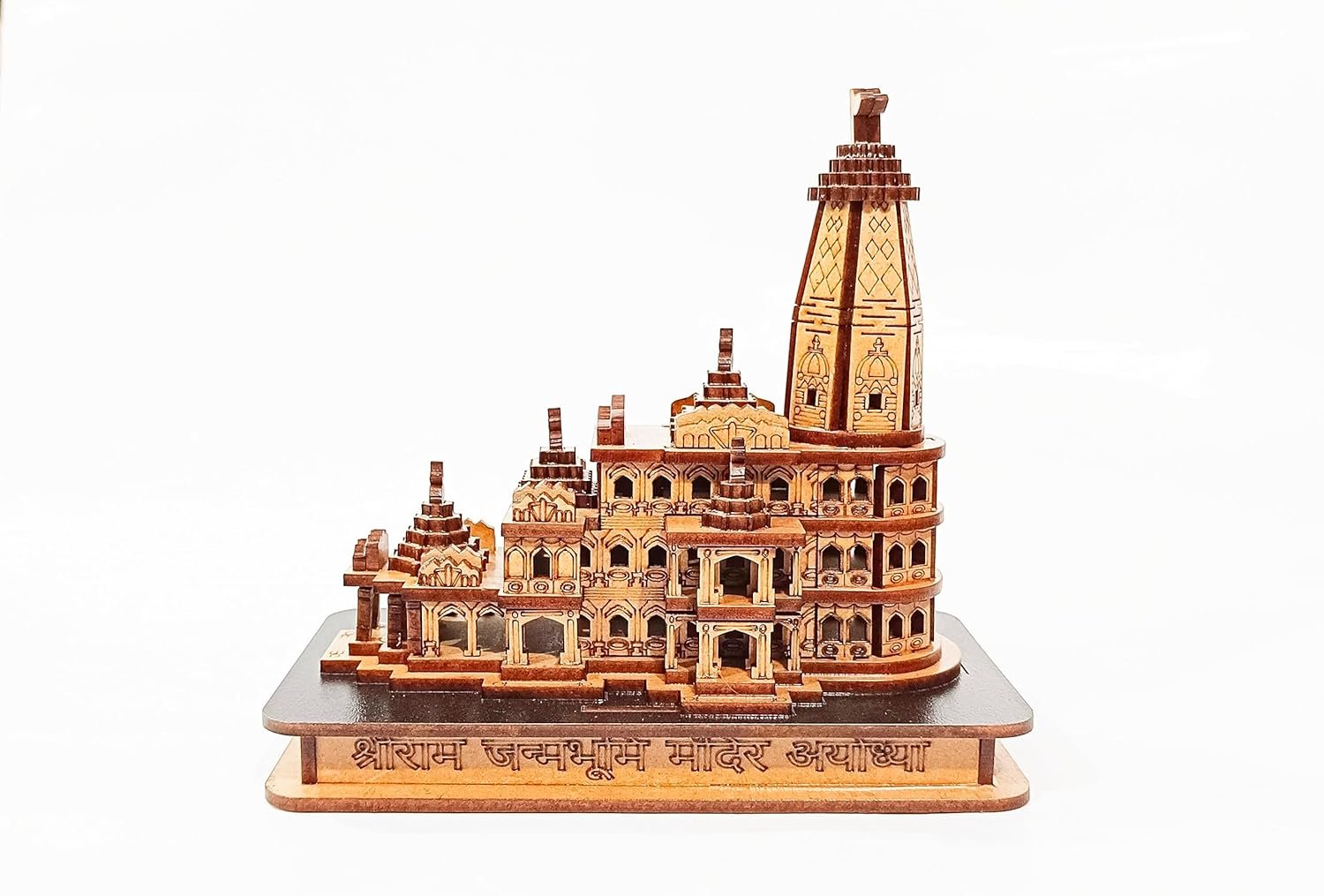The Historic Journey of Ram Mandir
The Historic Journey of Ram Mandir: A Symbol of Unity and Faith
Introduction:
The construction of the Ram Mandir in Ayodhya stands as a testament to the enduring power of faith, unity, and the collective will of a nation. The journey of the Ram Mandir spans decades, marked by legal battles, social movements, and ultimately, the laying of the foundation stone in August 2020. This sacred temple dedicated to Lord Ram holds profound significance for millions of Hindus, and its construction represents a historic moment in India’s cultural and religious landscape.

Historical Context:
The history of the Ram Janmabhoomi-Babri Masjid dispute dates back to the 16th century when Mughal Emperor Babur constructed a mosque in Ayodhya. Over the centuries, this site became a source of contention, leading to communal tensions and legal battles. The dispute came to a head on December 6, 1992, when the Babri Masjid was demolished by a mob, leading to widespread communal riots.
Legal Battles:
The Ram Janmabhoomi-Babri Masjid dispute was subject to legal scrutiny for several decades. The case reached its pinnacle in 2019 when the Supreme Court of India delivered a landmark verdict. The court ruled in favor of the construction of a Ram Mandir at the disputed site, while also allocating an alternative piece of land for the construction of a mosque.
The Verdict and the Path Forward:
The Supreme Court’s verdict was hailed as a balanced and just resolution to a long-standing issue. It acknowledged the religious sentiments of the Hindu community while ensuring that the rights of the Muslim community were also respected. The verdict paved the way for the construction of the Ram Mandir, emphasizing the importance of unity and coexistence.
Foundation Laying Ceremony:
On August 5, 2020, a grand ceremony marked the laying of the foundation stone for the Ram Mandir. The event was attended by prominent political leaders, religious figures, and millions of devotees. It was a momentous occasion that symbolized the unity of the nation in the pursuit of a shared cultural and spiritual heritage.
Cultural and Spiritual Significance:
The Ram Mandir holds immense cultural and spiritual significance for Hindus worldwide. It is believed to be the birthplace of Lord Ram, a revered figure in Hinduism and the central character of the epic Ramayana. The temple is expected to become a pilgrimage site, drawing devotees from across the globe who seek spiritual solace and connection with their faith.
Symbol of Unity:
The construction of the Ram Mandir serves as a symbol of unity, transcending religious and cultural boundaries. It reflects the ability of a diverse nation to come together and find common ground amidst differences. The spirit of unity and shared heritage showcased in the construction of the temple has the potential to foster greater harmony and understanding among India’s diverse communities.
Conclusion:
The journey of the Ram Mandir is a saga of resilience, faith, and the collective spirit of a nation. The construction of the temple stands as a historic moment that brings closure to a long-standing dispute and opens a new chapter of unity and coexistence. As the Ram Mandir takes shape in Ayodhya, it not only becomes a physical structure but also a powerful symbol of India’s rich cultural tapestry and its ability to overcome challenges through dialogue and understanding.














GIPHY App Key not set. Please check settings